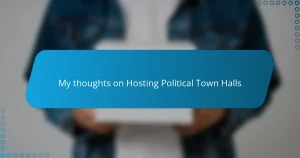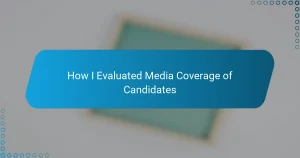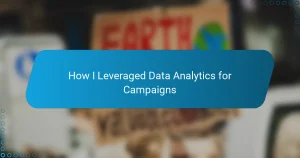Key takeaways
- Authenticity and genuine conversations are crucial for engaging young voters, as they feel more connected when their concerns are truly heard.
- Using social media as a platform for dialogue and organizing informal meetups fosters a comfortable environment for youth to express their opinions.
- Incorporating cultural interests, such as art and music, into voter awareness campaigns can strengthen connections and motivate political participation.
- Building trust takes time and requires adaptability; ongoing engagement is necessary to maintain youth interest and involvement in the political process.
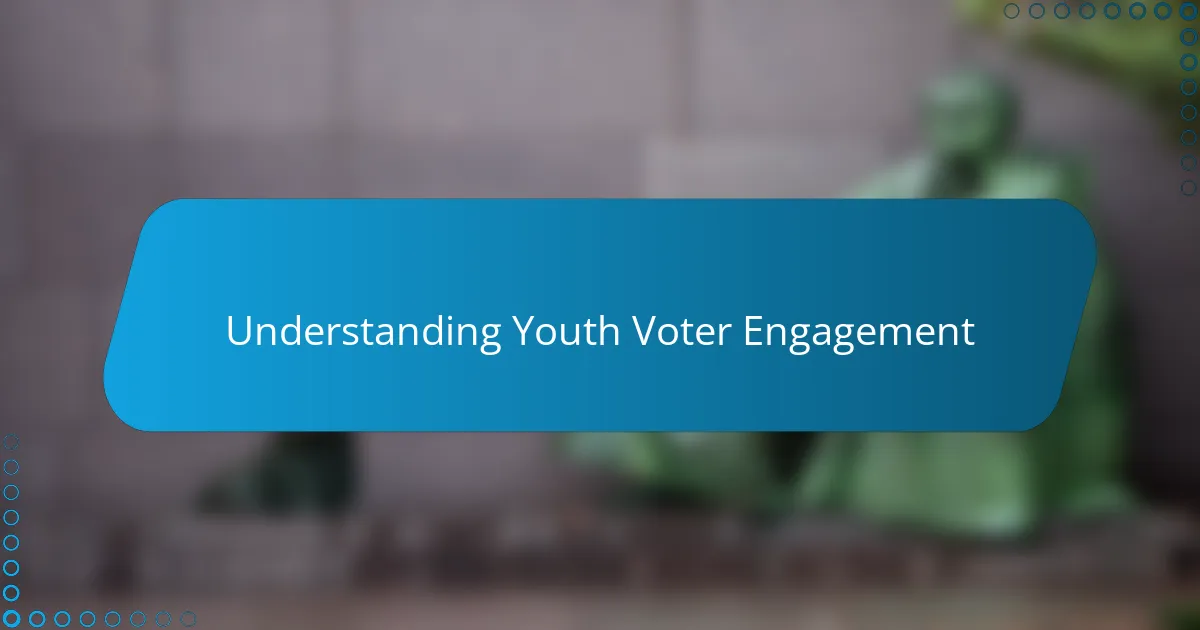
Understanding Youth Voter Engagement
Youth voter engagement has always struck me as a complex challenge. Why do so many young people feel disconnected from the political process? From my experience, it’s often because traditional outreach methods just don’t resonate with their daily realities.
I’ve seen firsthand that authenticity matters more than polished political speeches. When I started having real conversations with young voters—listening rather than lecturing—they opened up about their concerns and hopes. That shift in approach transformed my understanding of what true engagement means.
Is it enough to just inform youth voters about the stakes? I think it goes deeper. Engagement requires meeting them where they are emotionally and culturally, recognizing their unique struggles, and showing that their voices truly matter. Only then can we ignite genuine participation.
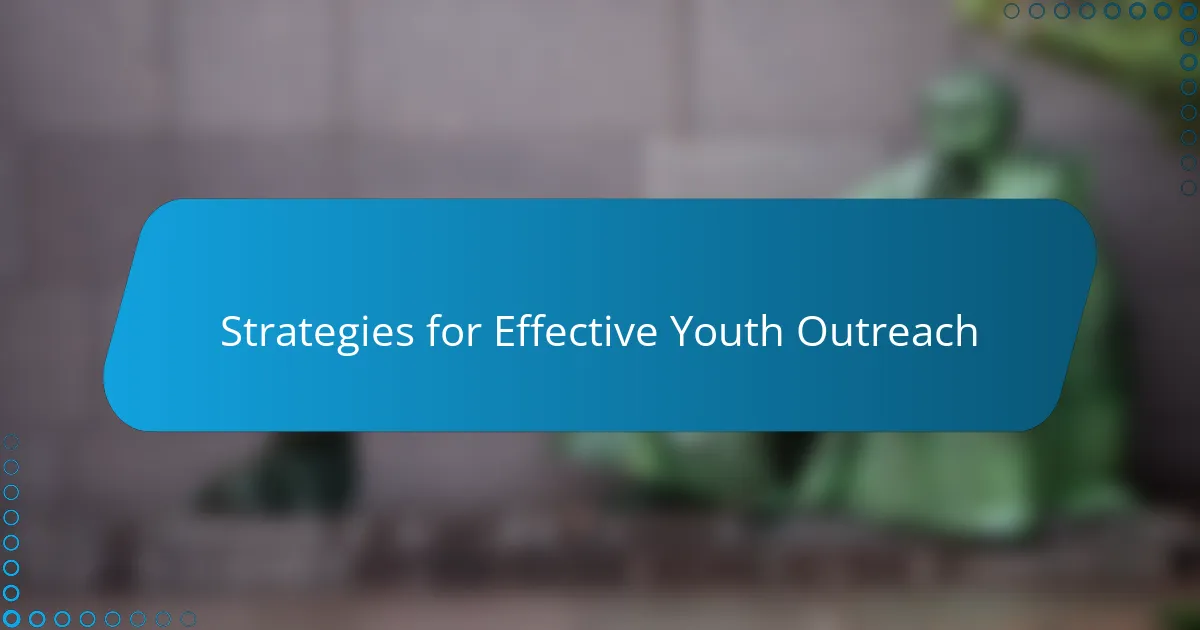
Strategies for Effective Youth Outreach
One strategy that really stood out to me was using social media not just as a broadcasting tool but as a conversation starter. I remember how a simple Instagram poll about local issues sparked a lively discussion among young voters, making them feel seen and heard. Isn’t it interesting how a platform they use daily can become a space for political dialogue when approached thoughtfully?
Another approach I found effective was organizing small, informal meetups over coffee or at local hangouts. Formal rallies can be intimidating, but these low-key settings created a relaxed environment where youth felt comfortable sharing their opinions without fear of judgment. From my experience, breaking down barriers like this made political engagement feel less like a chore and more like a meaningful exchange.
Lastly, I learned that incorporating their interests beyond politics—like music, art, or social causes—helped bridge the gap. When I collaborated with young artists to create voter awareness campaigns, the response was incredible. It made me wonder, how often do we underestimate the power of cultural connection in mobilizing voters? For me, it was a game changer in building authentic relationships with youth.
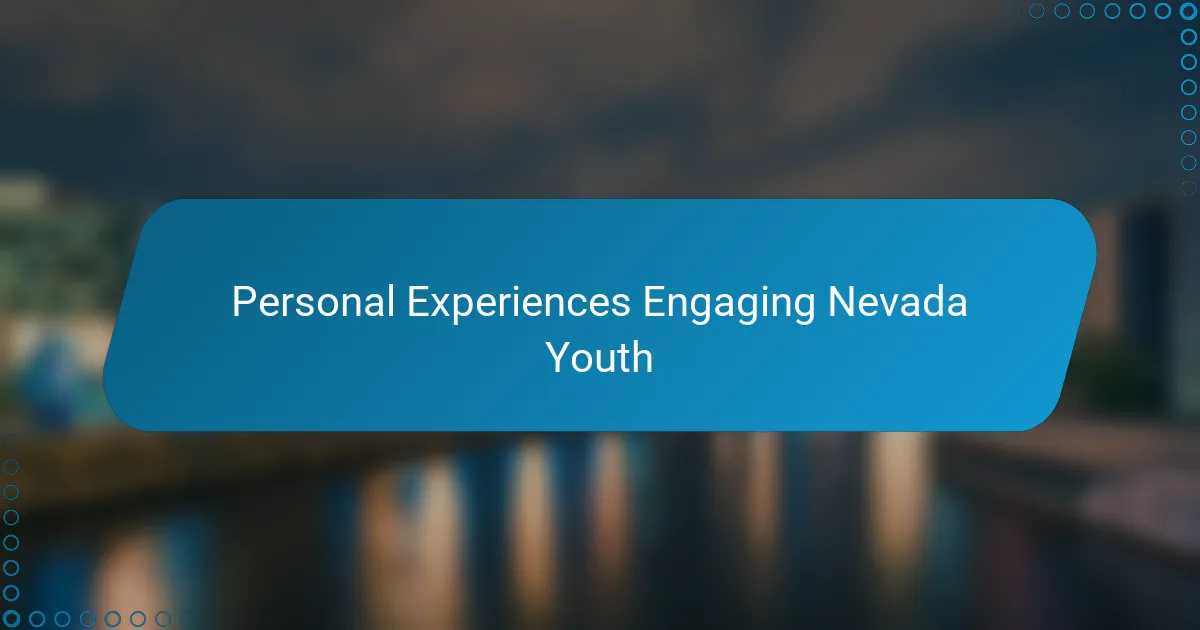
Personal Experiences Engaging Nevada Youth
During a weekend canvassing event in Las Vegas, I struck up a conversation with a young college student who was skeptical about voting. It was eye-opening to hear how past disappointments had left her feeling invisible in the political conversation. That moment reminded me how crucial it is to listen genuinely rather than just recite talking points.
One encounter that stands out happened at a bustling community center in Reno, where I joined a youth-led forum. Seeing passionate teens debate local issues with such intensity and knowledge energized me—it challenged my assumption that young voters are apathetic. Their dedication made me rethink how we can harness this energy constructively.
Have you ever felt unsure about how to connect with young voters? I certainly did until I realized the importance of sharing my own political journey honestly. When I opened up about my early uncertainties with voting, it broke down walls and sparked trust, proving that vulnerability can be a powerful tool in engagement.
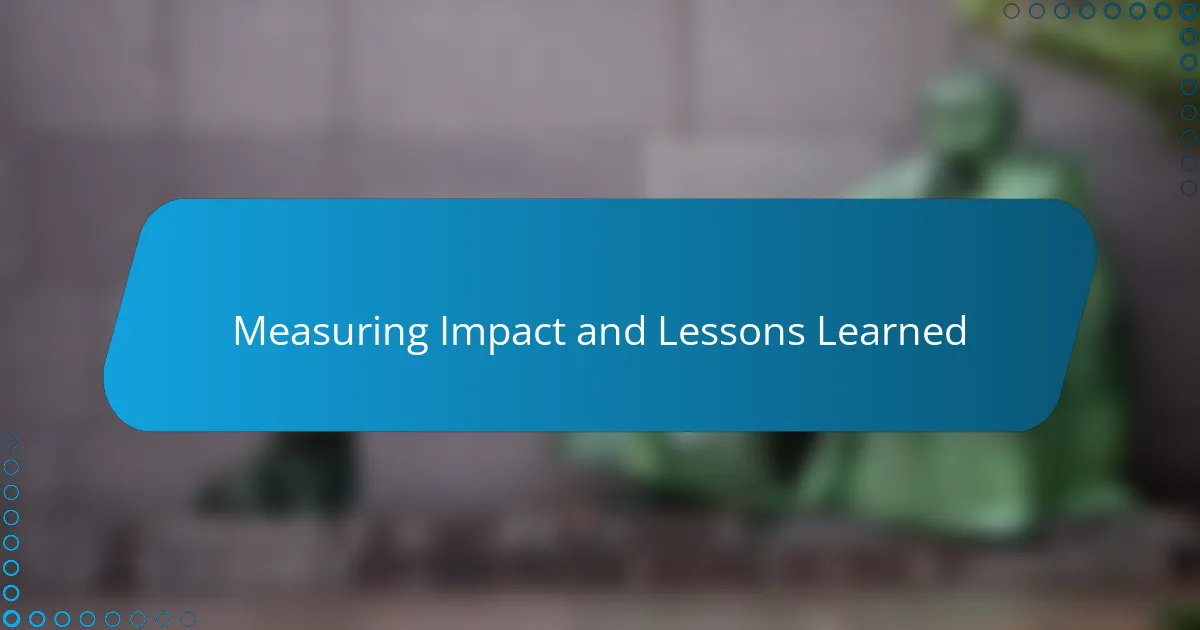
Measuring Impact and Lessons Learned
Measuring the impact of these efforts wasn’t always straightforward. I relied heavily on the conversations and feedback I received—did young voters feel more heard? Did they express a renewed interest in participating? These qualitative signs often told me more than any raw turnout numbers.
One lesson that really stuck with me was how crucial it is to remain adaptable. Even when a certain approach seemed promising, I found myself recalibrating based on what I observed in real time. For example, some social media campaigns sparked initial excitement but needed follow-up through personal interaction to sustain momentum.
Looking back, I keep asking myself: what did these interactions ultimately teach me about youth voter engagement? Above all, I learned that impact comes from building trust over time, not from quick wins. It’s a gradual process of showing up authentically and valuing young voices as partners, not just participants.
